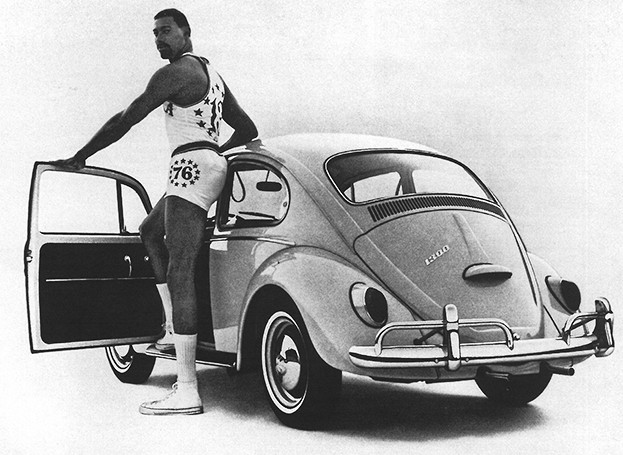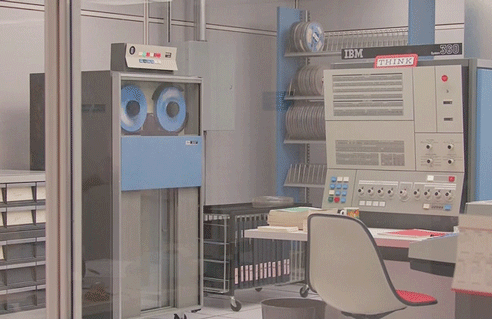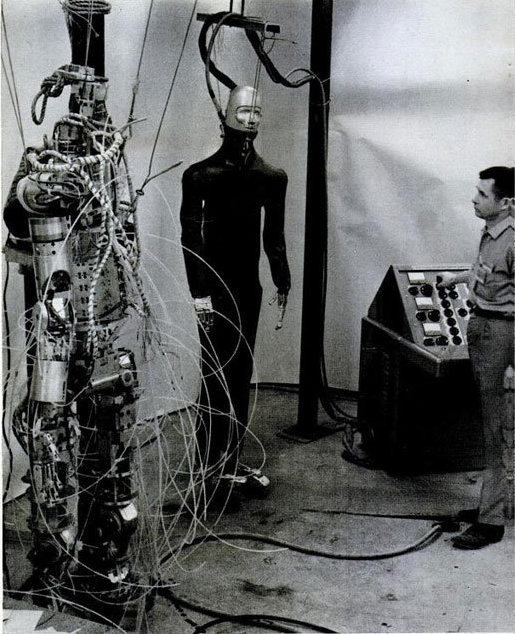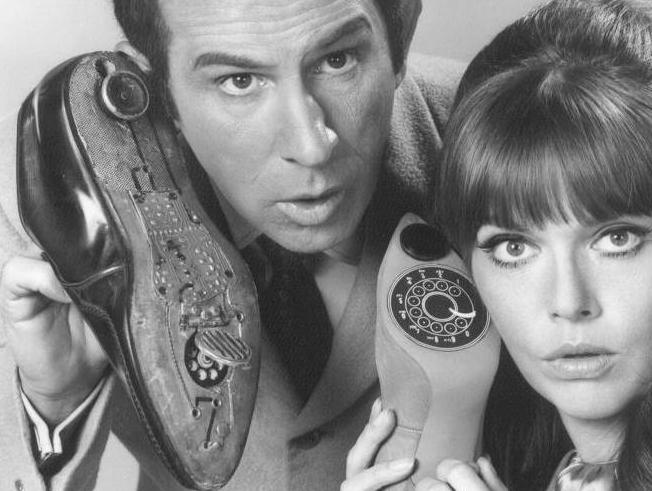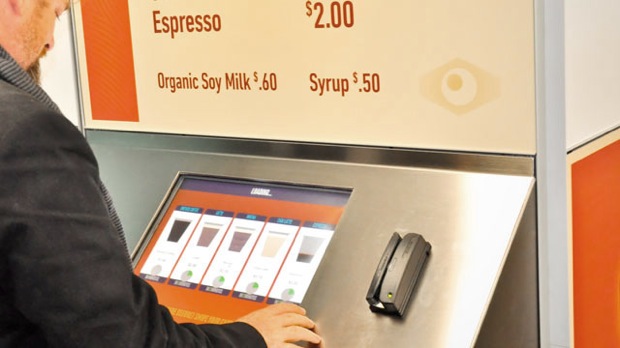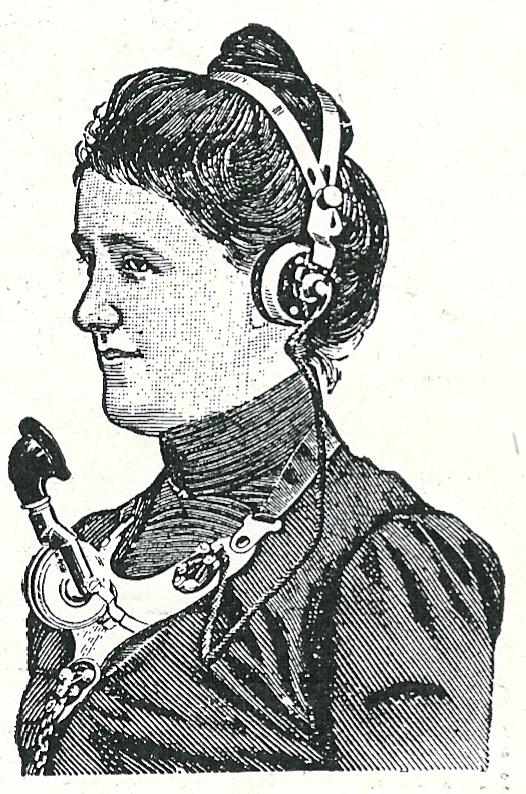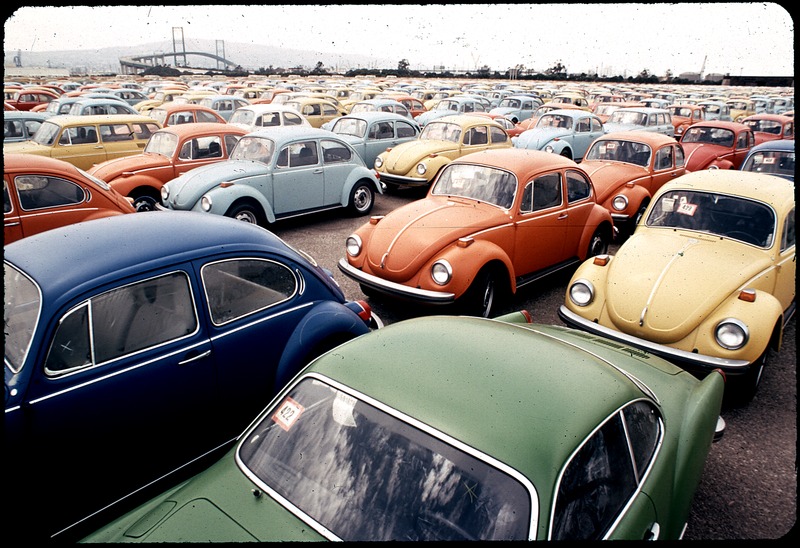As usual, Christopher Mims gets to the heart of the matter in his latest WSJ column, this one about the so-called Sharing Economy, in which little or nothing is shared, the only real change being jobs destabilized by businesses that are pure app and no inventory. It’s a Libertarian dream, a market with fungible, low-paid workers and no nets, and you, rabbit, had better get used to your task because it’s fractional employment and you are a very common denominator.
Mims wonders how this new breed of workers will ultimately be classified and whether an eventual class-action lawsuit could kill the category, though I if I had to bet, I would guess that’s not how things unfold.
An excerpt:
The first thing everyone misses about the sharing economy is that there is no such thing, not even if we’re being semantically charitable. Increasingly, the goods being “shared” in the sharing economy were purchased expressly for business purposes, whether it’s people renting apartments they can’t afford on the theory that they can make up the difference on Airbnb, or drivers getting financing through partners of ride-sharing services Uber and Lyft to get a new car to drive for those same services.
What’s more, many of the companies under this umbrella, like labor marketplace TaskRabbit, don’t involve “sharing” anything other than labor. If TaskRabbit is part of the sharing economy, then so is every other worker in America. The only thing these companies have in common is that they are all marketplaces, though they differ widely in the amount of control they give their buyers and sellers.
In the minds of critics, perhaps the worst offender in how it controls its labor force is Uber. Uber sets the prices that its drivers must accept, and has lately been in the habit of unilaterally squeezing drivers in two ways, both by lowering the rates drivers are paid per trip and increasing Uber’s cut of those wages. Behavior like this has led to some pretty overheated but not entirely undeserved rhetoric.•

